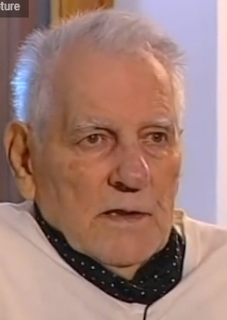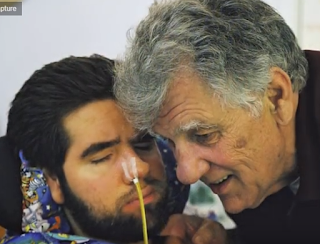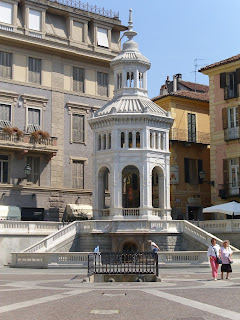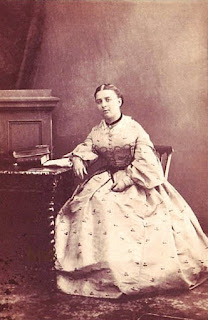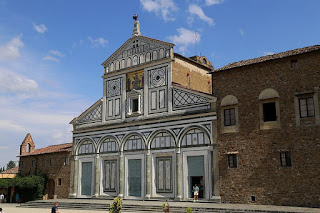Madrigal writer was also a murderer
 |
| Carlo Gesualdo devoted himself to music from an early age |
Carlo Gesualdo da Venosa, who composed highly experimental
music for his time, was born on this day in 1566 in the principality of Venosa,
then part of the Kingdom of Naples.
He was to become known both for his extraordinary music and
for the brutal killing of his first wife and her aristocratic lover after he
caught them together.
Gesualdo was the nephew of Carlo Borromeo, who later became
Saint Charles Borromeo. His mother, Geronima Borromeo, was the niece of Pope
Pius IV.
Although Gesualdo was sent to Rome to begin an
ecclesiastical career, he became heir to the principality after his older
brother died. He married his cousin, Donna Maria D’Avalos, and they had a son,
Emanuele.
Gesualdo was devoted to music from an early age and mixed
with musicians and composers, learning to play the lute, harpsichord and
guitar.
Donna Maria began an affair with Fabrizio Carafa, Duke of
Andria and Count of Ruova, and one night in 1590 Gesualdo caught them in
flagrante at the Palazzo San Severo in Naples. He killed them both on the spot.
A delegation of officials from Naples inspected the room
where they were killed and found the corpses were mutilated.
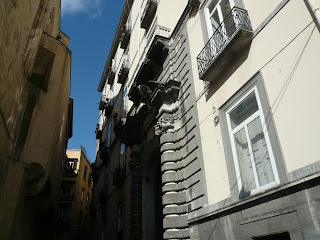 |
| The Palazzo San Severo, where Gesualdo murdered his wife and her aristocratic lover |
Witnesses said he had returned to the room to make certain
they were dead. But the court decided Gesualdo had not committed a crime.
After Gesualdo’s father died, he became Prince of Venosa and
Count of Conza. He arranged to marry Leonora d’Este and travelled to the Este
court at Ferrara.
At the time the court was a centre of musical activity and
the madrigal was popular. Surrounded by some of the finest musicians in Italy,
Gesualdo wrote his first book of madrigals, having worked with three renowned
female singers.
Back at his castle in the town of Gesualdo, in the province of Avellino,
he established a group of resident singers and musicians to perform his music,
both sacred and secular, which he later published with a printer in Naples.
Listen to one of Gesualdo's best-known madrigals
His relationship with his second wife was poor and she spent
a lot of time away. His son by his second marriage died in 1600.
Gesualdo began to suffer from depression and it has been
claimed he asked his servants to beat him regularly. He died alone at his
castle three weeks after the death of his eldest son, Emanuele, in 1613.
 |
| The church of Gesu Nuovo in Naples, where Carlo Gesualdo was buried after his death in 1613 |
He was buried in the chapel of Saint Ignatius, in the church
of Gesu Nuovo in Naples. His tomb was destroyed in the earthquake of 1688 and
covered over when the church was rebuilt. The composer now lies beneath the
church, but his burial plaque is still visible.
It has been said the the guilt he felt over the murders he
committed was expressed through his music, which was among the most experimental of the
Renaissance. Similar music was not composed again until the 19th century.
Gesualdo’s most famous works are his six books of madrigals,
but his music and life story has inspired other music, operas and books. The Music Conservatory in Potenza is named
the Conservatoria di Musica Carlo Gesualdo da Venosa in his honour.
Venosa, where Carlo Gesualdo was born, is in the province of
Potenza in Basilicata. One of the main sights is the Aragonese Castle, built in
1470, which he turned into a residence. It now houses the National Museum of
Venosa and a collection of Roman artefacts. The nearby Archaeological Area of Notarchirico covers the Palaeolithic period with eleven layers dating from 600,000 to 300,000 years ago. Remains of ancient wildlife, including extinct species of elephants, bisons and rhinoceroses, have been found, as well as a fragment of a femur from the Homo erectus species of ancient humans.
 |
| The town of Gesualdo in Campania, which is called 'the city of the prince of musicians' in honour of Carlo Gesualdo |
Travel tip:
Gesualdo, in the province of Avellino in Campania, is called
‘the city of the prince of musicians’ in honour of the composer, who wrote
madrigals at the castle, which he transformed from a fortress into a palace
able to accommodate writers, such as Torquato Tasso, and musicians.
More reading:
How Carlo Borromeo led moves to stop the spread of Protestantism
Luca Marenzio, the madrigal writer who influenced Monteverdi
Salomone Rossi, the leading Jewish composer of the Renaissance
Also on this day:




